Violent black hole collisions may create black hole ‘morsels’ no larger than an asteroid — and these bizarre objects could pave the way to unlocking new physics, a study claims.
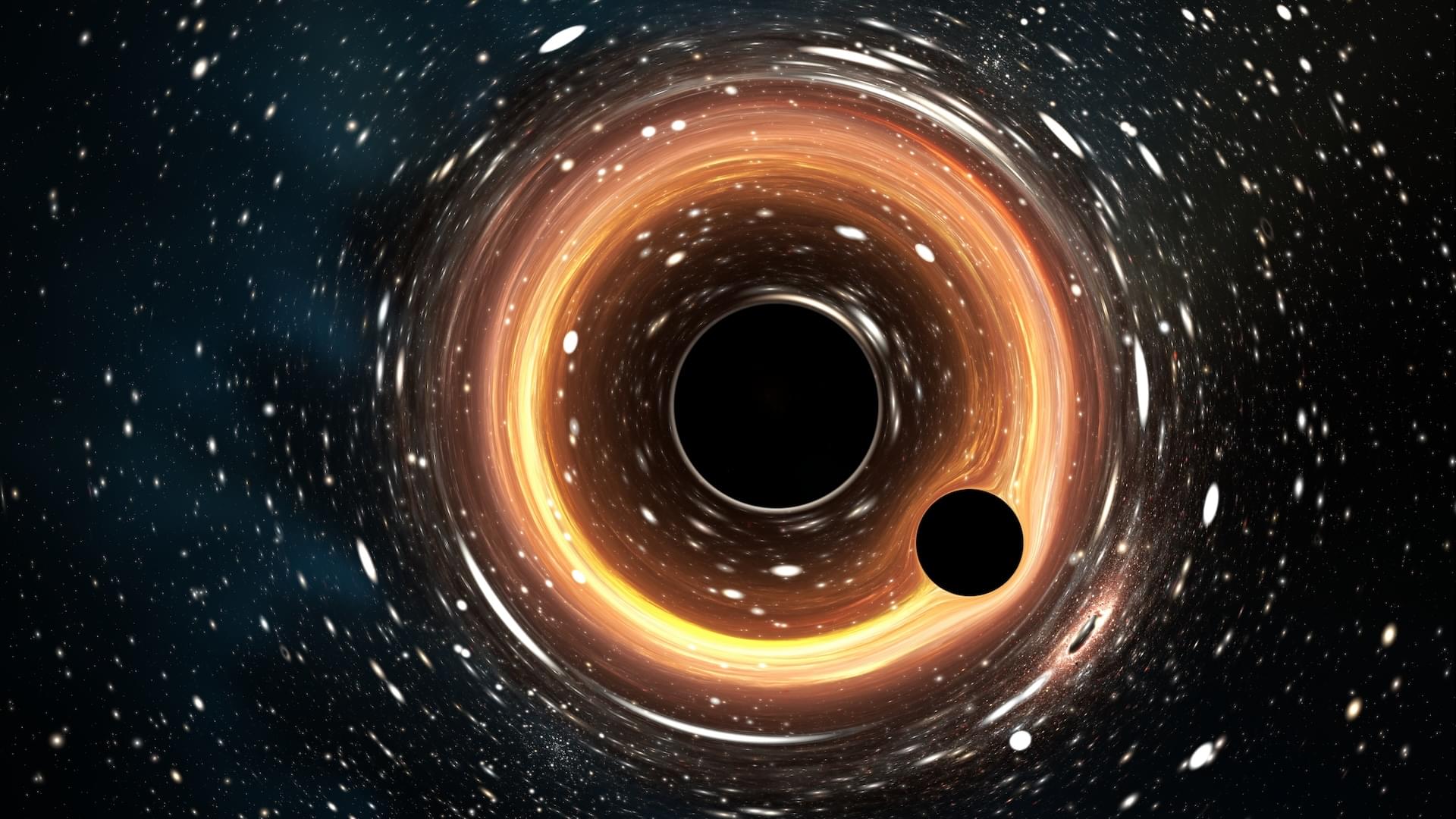

Basically there are three meteorites in our solar system that may pass by earth but most likely far away from the earth. Even though this news site says it may hit earth I am not quite certain it will.
Asteroid 2025 OW, the size of a skyscraper, is tearing through space next week—and it’s coming perilously close to Earth. NASA says no impact risk this time, but astronomers are sounding the alarm: these cosmic flybys are more frequent and more dangerous than you think. See why we dodged disaster and what happens if luck runs out.
#asteroid #earth #wion.
About Channel:
WION The World is One News examines global issues with in-depth analysis. We provide much more than the news of the day. Our aim is to empower people to explore their world. With our Global headquarters in New Delhi, we bring you news on the hour, by the hour. We deliver information that is not biased. We are journalists who are neutral to the core and non-partisan when it comes to world politics. People are tired of biased reportage and we stand for a globalized united world. So for us, the World is truly One.
A mystery interstellar object discovered last week is likely to be the oldest comet ever seen—possibly predating our solar system by more than 3 billion years, researchers say.
The “water ice-rich” visitor, named 3I/ATLAS, is only the third known object from beyond our solar system ever spotted in our cosmic neighborhood and the first to reach us from a completely different region of our Milky Way galaxy.
It could be more than 7 billion years old, according to University of Oxford astronomer Matthew Hopkins—who is discussing his findings at the Royal Astronomical Society’s National Astronomy Meeting (NAM 2025) in Durham—and may be the most remarkable interstellar visitor yet.
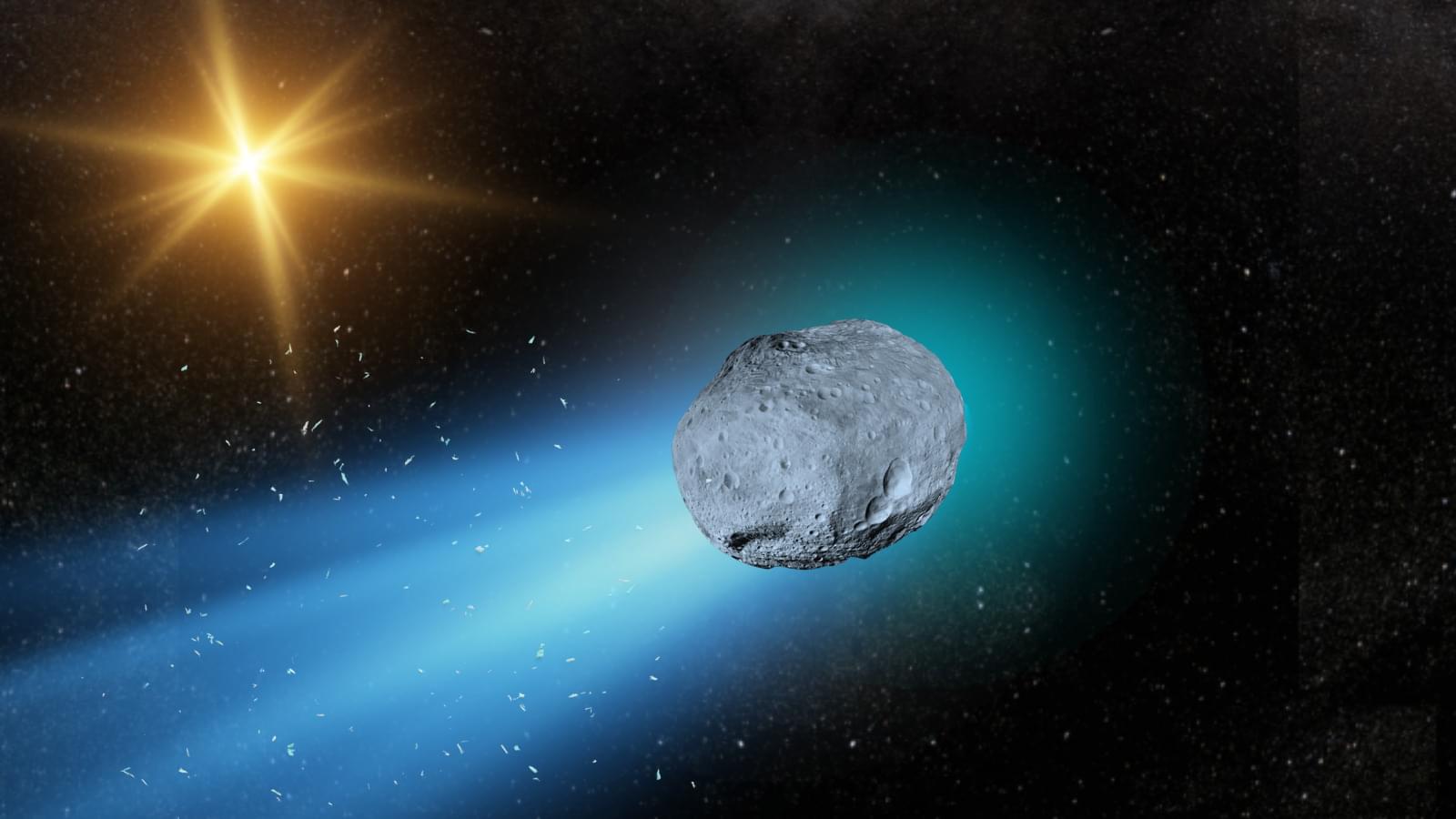
The thick disk is a band of our galaxy’s most ancient stars that sandwiches the thin disk, which formed more recently and contains our relatively young star, the sun, and the solar system.
“This is an object from a part of the galaxy we’ve never seen up close before,” University of Oxford astrophysicist Chris Lintott said. “We think there’s a two-thirds chance this comet is older than the solar system, and that it’s been drifting through interstellar space ever since.”
If 3I/ATLAS originates from the Milky Way’s thick stellar disk, and thus formed around an ancient star, this also has implications for its chemical composition. Hopkins and crew suggest the interstellar interloper may be rich in water ice.
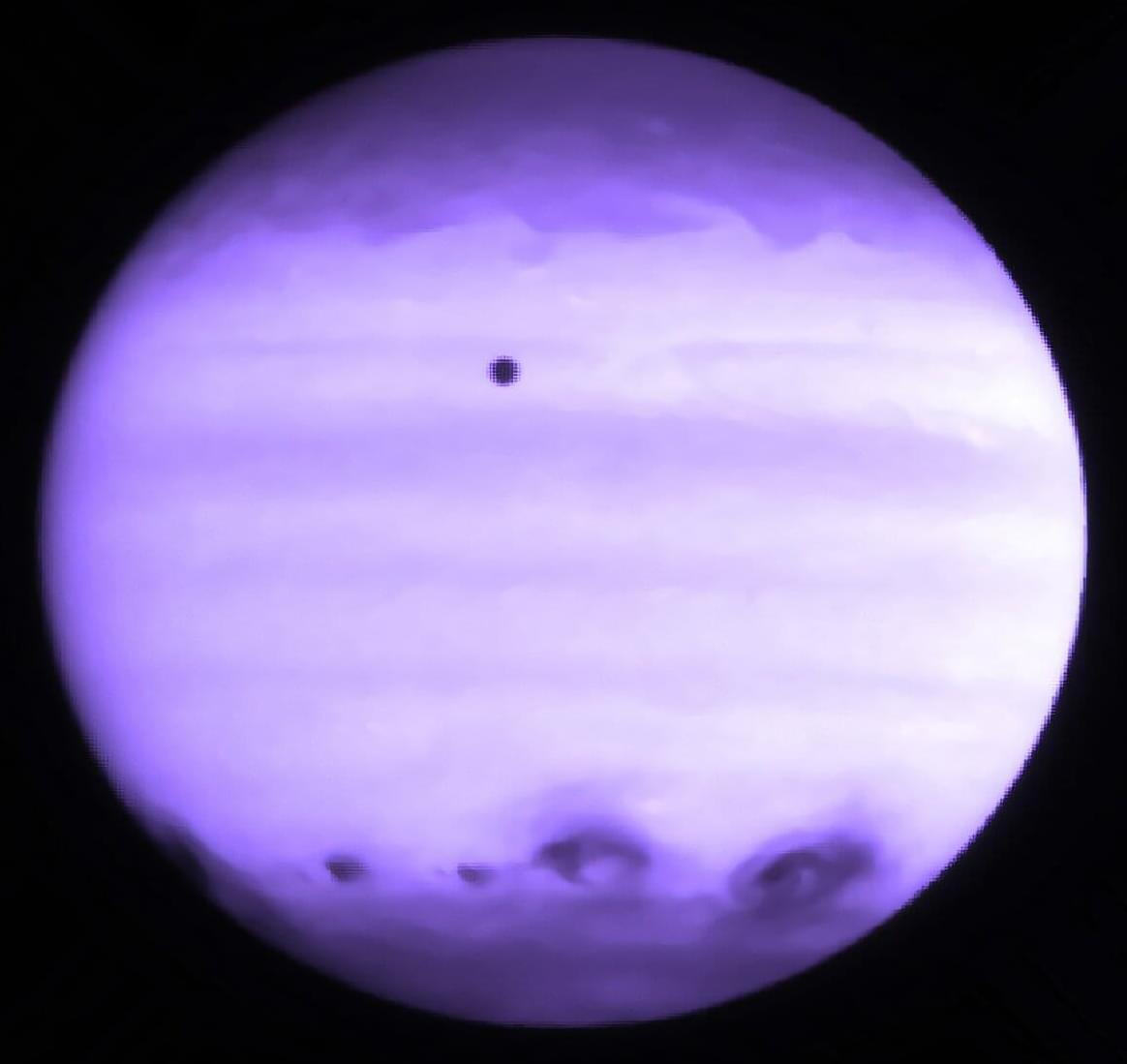
Comets that have hit Earth have been a mixed bag. Early in Earth’s history, during the solar system’s chaotic beginning, they were likely the source of our planet’s water, ultimately making up about 0.02% of the planet’s mass. (Mars and Venus received a similar fraction.)
Comets brought complex organic molecules and the biosphere, but later posed a threat to the same in cometary collisions. A comet (or asteroid) likely caused the Tunguska Event in 1908 in Russia, and a comet fragment likely triggered the rapid climate shift of the Younger Dryas 12,800 years ago, with its widespread extinctions.
If such collisions happen here, they likely take place in other solar systems as well. Now three scientists in the United Kingdom have modeled the impacts of an icy cometary collision with an Earth-like, tidally locked terrestrial planet. Such objects are prime candidates in the search for habitable exoplanets outside our solar system.
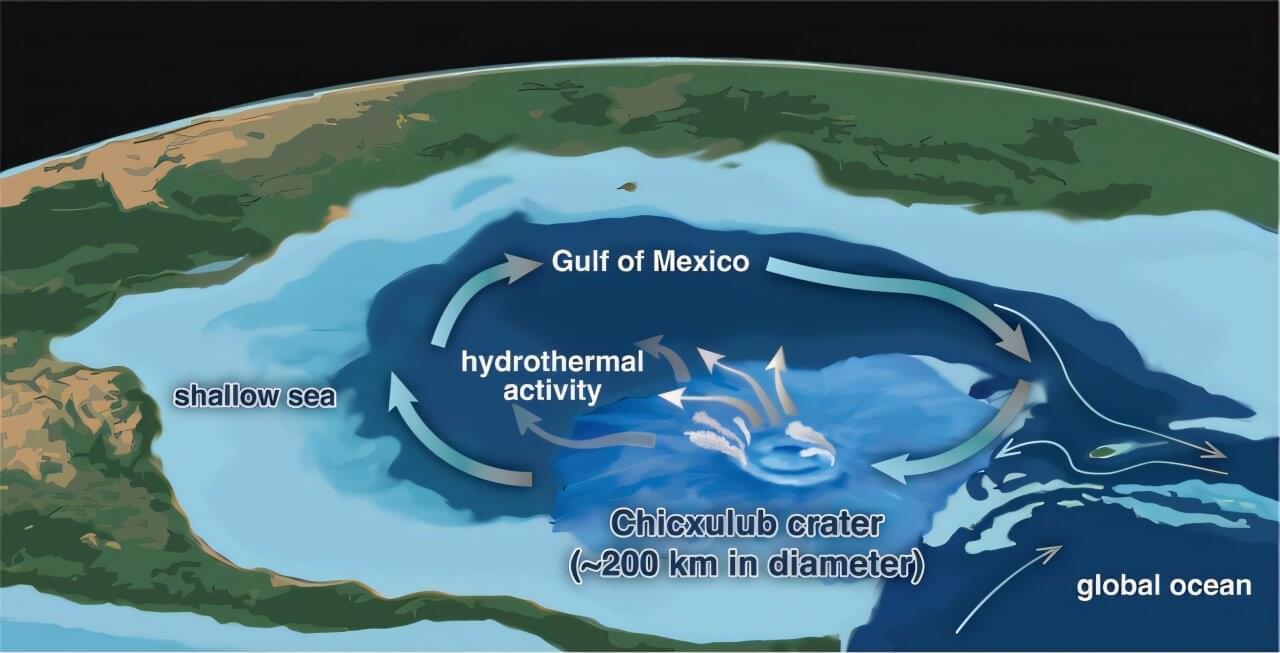
About 66 million years ago, an asteroid slammed into the planet, wiping out all non-avian dinosaurs and about 70% of all marine species.
But the crater it left behind in the Gulf of Mexico was a literal hotbed for life, enriching the overlying ocean for at least 700,000 years, according to research published today in Nature Communications.
Scientists have discovered that a hydrothermal system created by the asteroid impact may have helped marine life flourish at the impact site by generating and circulating nutrients in the crater environment.
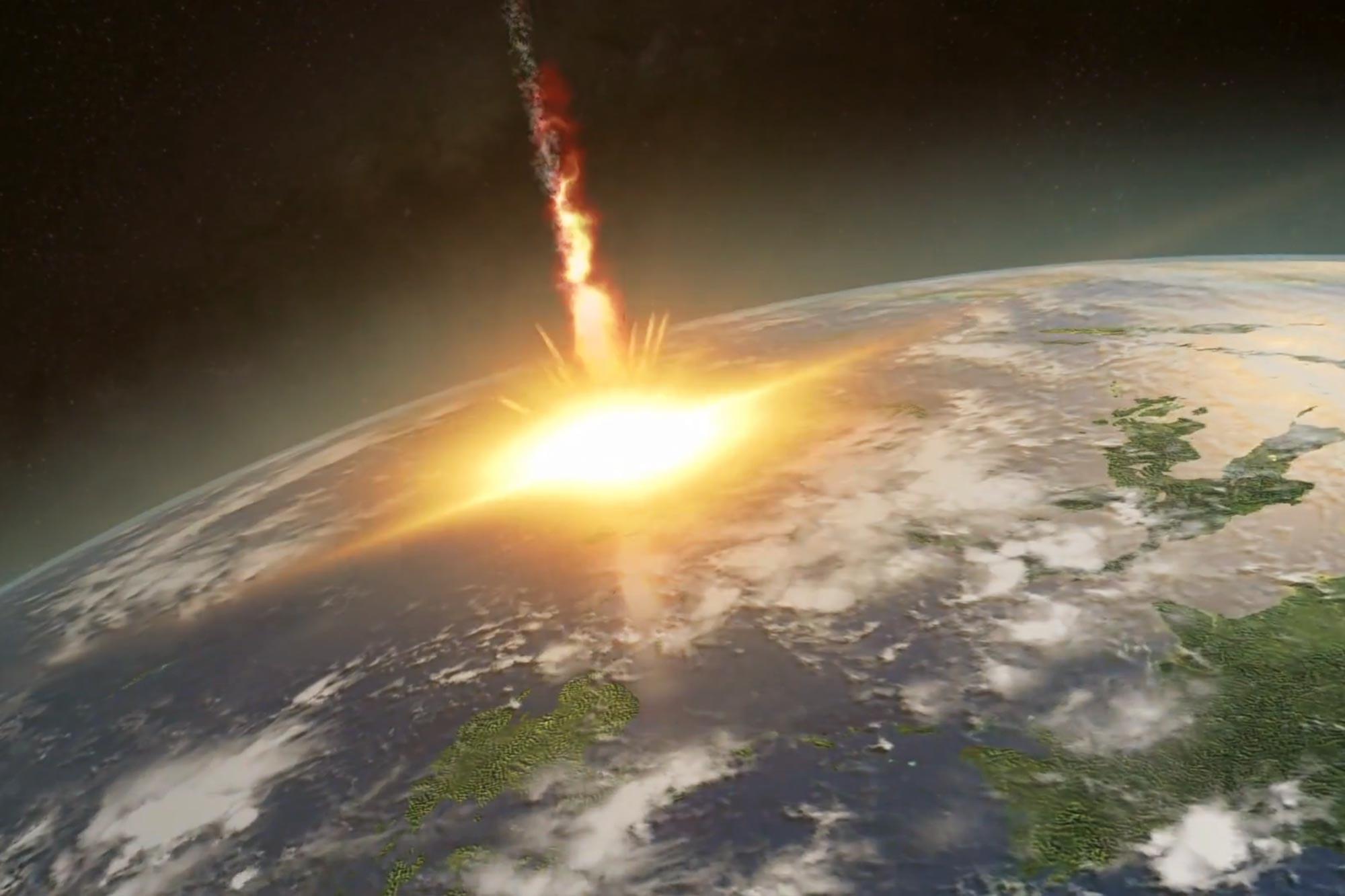
Millions of years before the asteroid impact that ended the reign of the dinosaurs, mammals were already beginning to shift from tree-dwelling to ground-based lifestyles.
A groundbreaking study uncovered this evolutionary trend by analyzing tiny limb bone fragments from marsupials and placental mammals in Western North America. These subtle fossil clues reveal that mammals may have been responding to a changing world, especially the spread of flowering plants that transformed habitats on the ground. Surprisingly, this terrestrial transition appears to have played a bigger role in mammalian evolution than direct interactions with dinosaurs.
Early Ground-Dwellers Before Dinosaurs’ Demise.
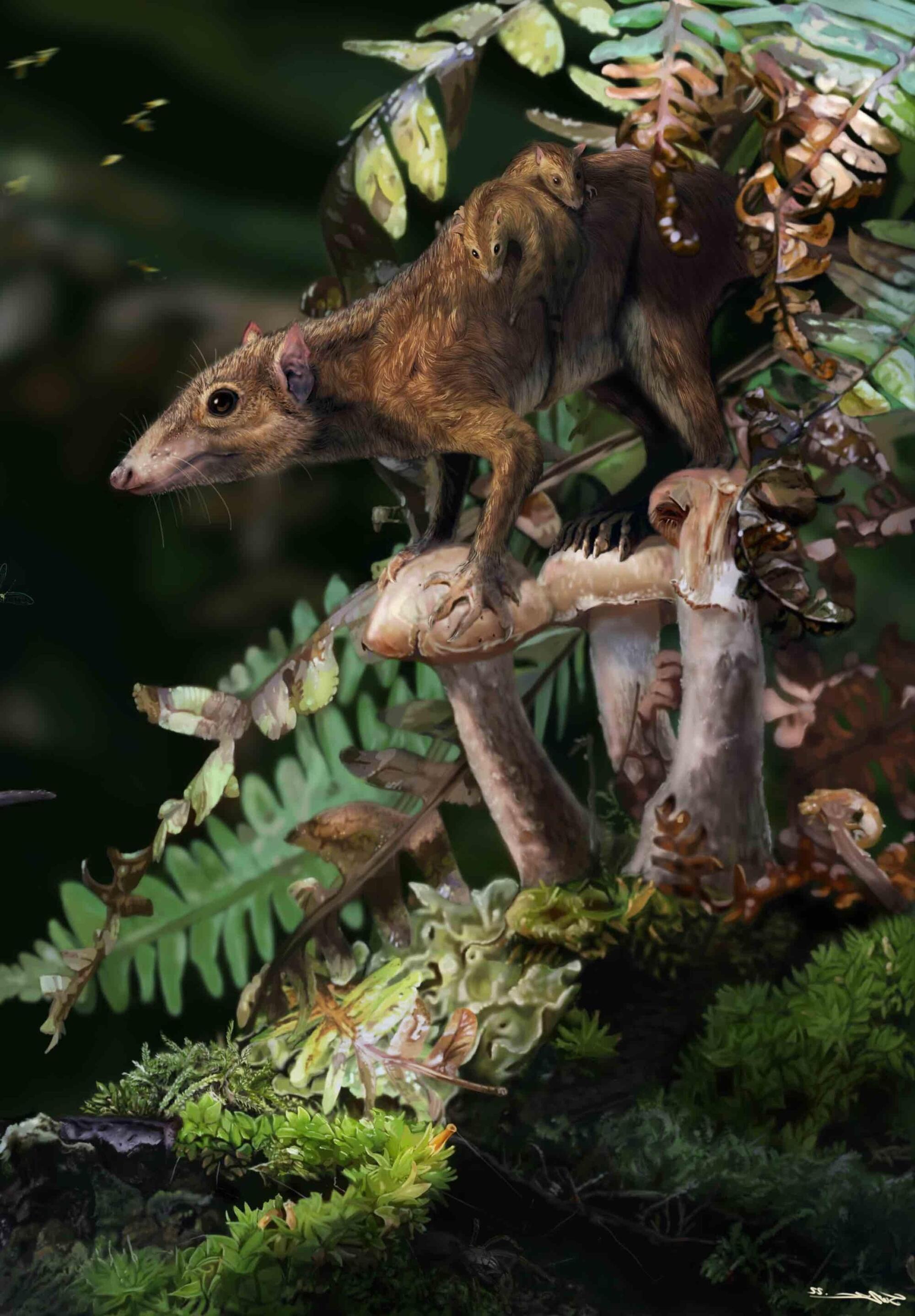
More mammals were living on the ground several million years before the mass extinction event that wiped out the dinosaurs, new research led by the University of Bristol has revealed.
The study, published in the journal Palaeontology, provides fresh evidence that many mammals were already shifting toward a more ground-based lifestyle leading up to the asteroid’s impact.
By analyzing small-fossilized bone fragments, specifically end of limb bones, from marsupial and placental mammals found in Western North America—the only place with a well-preserved terrestrial fossil record from this time—the team discovered signs that these mammals were adapting to life on the ground. End of limb bones were analyzed as they bear signatures of locomotory habit that can be statistically compared with modern mammals.
Please join my mailing list here 👉 https://briankeating.com/list to win a meteorite 💥
Sabine (@SabineHossenfelder) argues that superdeterminism eliminates free will, challenging the idea of causal choice and possibly undermining science if the laws of physics govern all phenomena. However, inspired by daily life experiences in Southern California, I present a defense of indeterminism, countering the claim that everything is predetermined, while also exploring the ideas of cosmologists Raphael Bousso and Alan Guth.
Sabine Hossenfelder, a theoretical physicist, has argued in favor of superdeterminism, a theory that suggests the universe is deterministic and that our choices are predetermined.
Does Superdeterminism save Quantum Mechanics? Or does it kill free will and destroy science? https://www.youtube.com/watch?v=ytyjgIyegDI
According to her, the apparent randomness in quantum mechanics is an illusion, and the universe is actually a predetermined, clockwork-like system. She claims that if we knew enough about the initial conditions of the universe, we could predict every event, including human decisions.
Hossenfelder’s argument relies on the idea that the randomness in quantum mechanics is not fundamental, but rather a result of our lack of knowledge about the underlying variables. She suggests that if we could access these “hidden variables,” we would find that the universe is deterministic. However, this argument is flawed.
For example, consider the double-slit experiment, where particles passing through two slits create an interference pattern on a screen. Hossenfelder would argue that the particles’ behavior is predetermined, and that the apparent randomness is due to our lack of knowledge about the initial conditions. However, this ignores the fact that the act of observation itself can change the outcome of the experiment, a phenomenon known as wave function collapse.
In 1989, political scientist Francis Fukuyama predicted we were approaching the end of history. He meant that similar liberal democratic values were taking hold in societies around the world. How wrong could he have been? Democracy today is clearly on the decline. Despots and autocrats are on the rise.
You might, however, be thinking Fukuyama was right all along. But in a different way. Perhaps we really are approaching the end of history. As in, game over humanity.
Now there are many ways it could all end. A global pandemic. A giant meteor (something perhaps the dinosaurs would appreciate). Climate catastrophe. But one end that is increasingly talked about is artificial intelligence (AI). This is one of those potential disasters that, like climate change, appears to have slowly crept up on us but, many people now fear, might soon take us down.